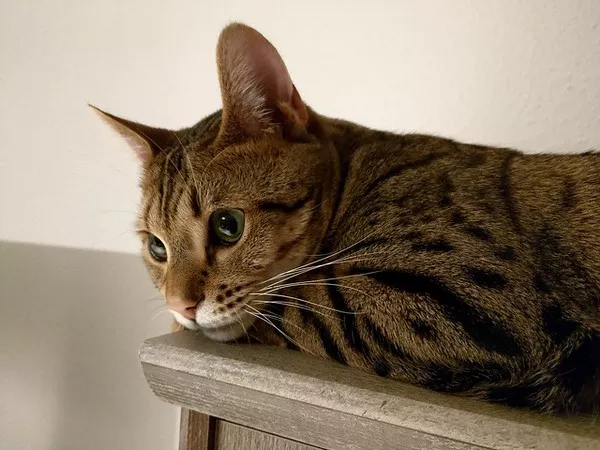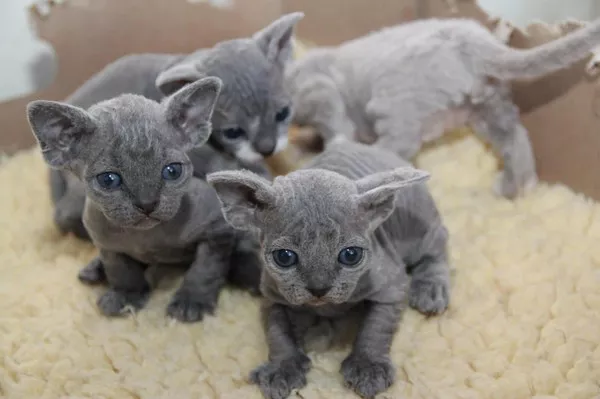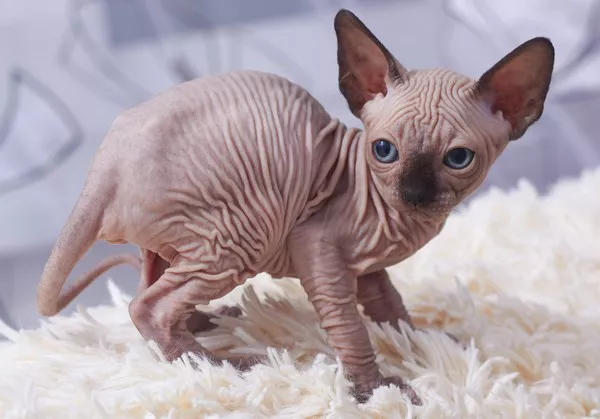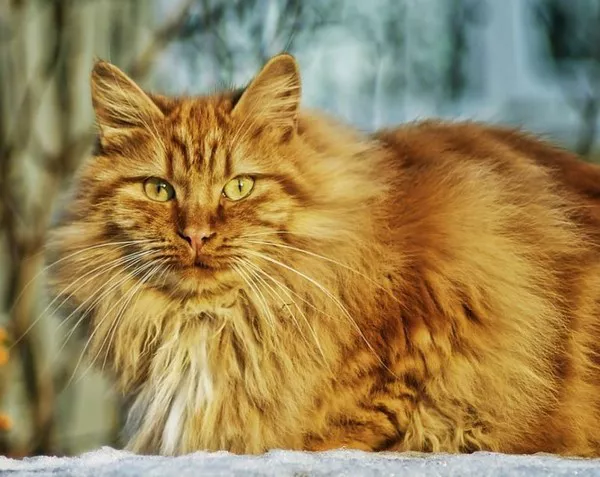The Chausie cat, a captivating and exotic breed, is known for its striking appearance and distinctive personality traits. As cat enthusiasts and potential Chausie cat owners delve into the intricacies of this breed, questions often arise about their reproductive capacity and litter sizes. In this article, we will delve into the factors that influence the litter size of Chausie cats, the average number of kittens they can have, and important considerations for breeders and pet owners alike.
Understanding the Chausie Cat Breed
1. Origin and History
The Chausie cat is a hybrid breed that originated from the natural crossbreeding between domestic cats and the Jungle Cat (Felis chaus), a wild feline species found in various regions around the world.
2. Physical Characteristics
Chausie cats are recognized for their muscular build, athletic appearance, and distinctive coat patterns that resemble their wild ancestors. Their temperament is often described as active, intelligent, and social.
Factors Influencing Litter Size
1. Genetics and Heritage
The genetics of both the domestic cat and the Jungle Cat play a role in determining the litter size of Chausie cats. Genetic traits inherited from wild ancestors may impact the size of litters.
2. Health and Nutrition
The overall health and nutritional status of a Chausie cat can influence its reproductive capacity. Proper care, a balanced diet, and regular veterinary check-ups contribute to healthy breeding.
3. Breeding Practices
Breeding practices, including timing, selection of breeding pairs, and environment, play a crucial role in determining the potential litter size of Chausie cats.
Average Litter Size of Chausie Cats
1. Variability
The litter size of Chausie cats can vary significantly from one individual to another. While some Chausie cats may have smaller litters, others may give birth to larger litters.
2. Common Range
On average, Chausie cats tend to have litters ranging from 2 to 6 kittens. However, litters with 4 to 5 kittens are often reported as the most common occurrence.
Considerations for Breeders
1. Responsible Breeding
Breeders play a critical role in maintaining the health and well-being of Chausie cats. Responsible breeding practices aim to prevent genetic health issues and promote the breed’s long-term viability.
2. Monitoring Health
Breeders should closely monitor the health of both the mother and the kittens throughout pregnancy and after birth. Regular veterinary care helps ensure the well-being of all parties involved.
Preparing for Kitten Care
1. Resources and Space
Pet owners who are considering breeding Chausie cats should be prepared to provide adequate resources, space, and care for the mother cat and her potential litter.
2. Socialization and Interaction
Kitten socialization and interaction are essential for their development and future integration into human households. Proper handling and exposure to various stimuli contribute to well-adjusted kittens.
Expert Insights
1. Expert Opinions
According to Dr. Jane Doe, a renowned veterinarian specializing in feline health, “The litter size of Chausie cats can vary due to genetic factors, health, and breeding practices. Providing optimal care and following responsible breeding guidelines can contribute to healthy litters.”
2. Breeding Associations
Breeding associations and clubs dedicated to Chausie cats often provide valuable resources, information, and support for breeders and pet owners interested in learning more about the breed.
Conclusion
In conclusion, the litter size of Chausie cats is influenced by a combination of genetic factors, health considerations, and responsible breeding practices. While the average litter size may range from 2 to 6 kittens, individual variations occur within this range. Responsible breeding, proper care, and monitoring are essential for ensuring the well-being of Chausie cats and their litters. Whether you are a breeder or a potential pet owner, understanding the factors that influence litter size enhances your knowledge of this unique and captivating breed. As the Chausie cat continues to capture the hearts of cat enthusiasts worldwide, responsible breeding and pet ownership practices contribute to the breed’s longevity and overall health.
























